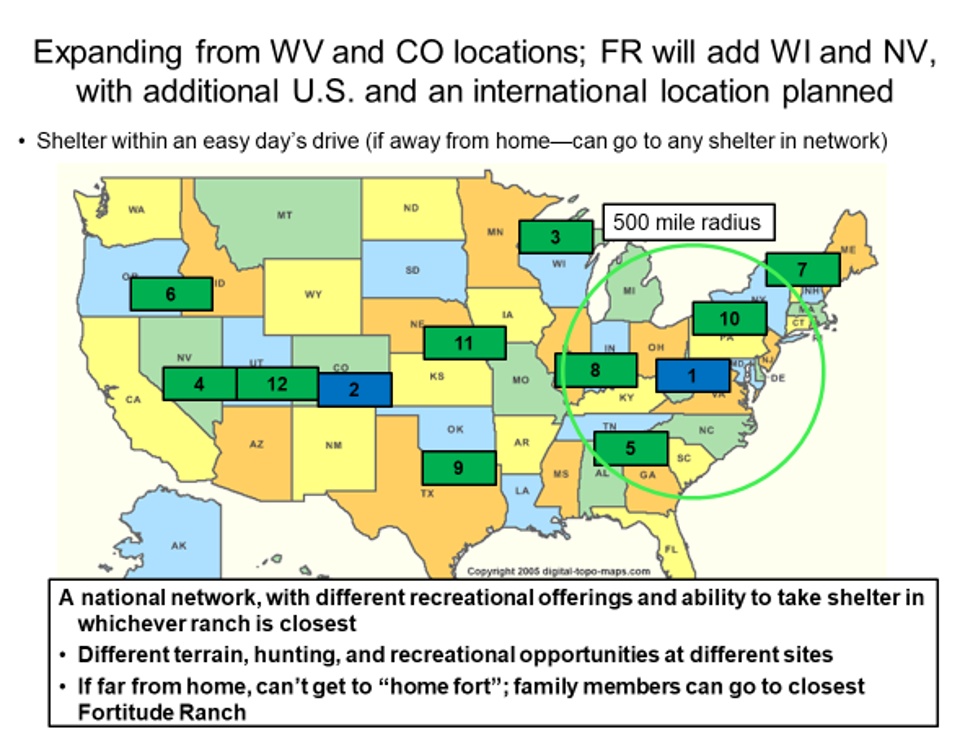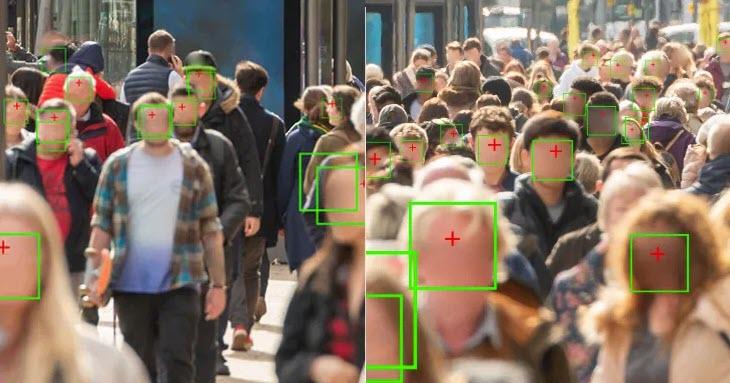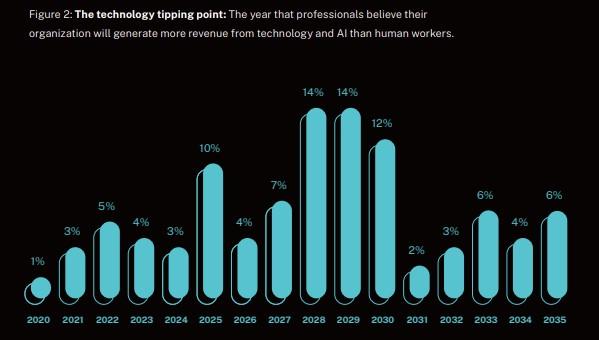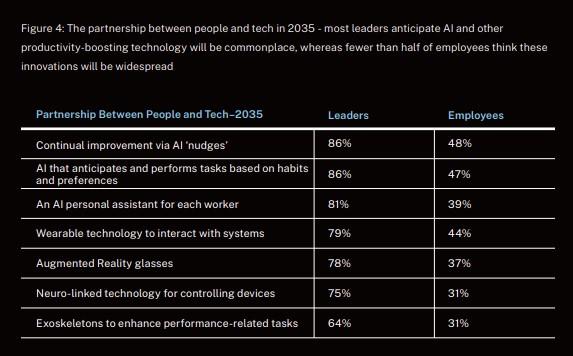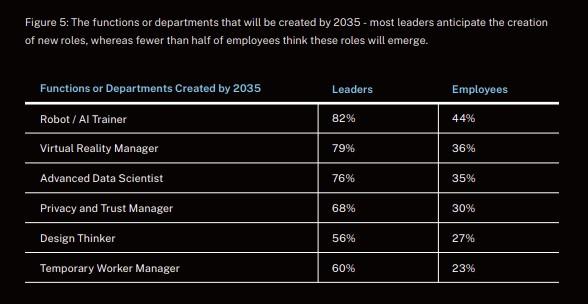Masking, Propaganda, & The Outrage Mob’s Murder Of Academic Freedom
Tyler Durden
Thu, 10/08/2020 – 23:30
If you believe in academic freedom, as well as free speech overall, please consider signing this petition, and sharing it with others who believe that higher education must be free from censorship of any kind, whether by the state, corporations, foreign interests, pressure groups, or by the university itself.
A full professor in NYU’s Department of Media, Culture and Communication (since 1997), and a recipient of fellowships from the Rockefeller, Guggenheim and Ingram Merrill Foundations, Prof. Miller teaches a course on propaganda, focusing not only on the history of modern propaganda, but – necessarily – on propaganda drives ongoing at the time.
The aim is to teach students to identify such drives for what they are, think carefully about their claims, seek out whatever data and/or arguments have been blacked out or misreported to protect those claims from contradiction, and look into the interests financing and managing the propaganda, so as to figure out its purpose.
On Sept. 20, after a class discussion of the case for universal masking as defense against transmission of SARS-COV-2 (in which discussion she did not participate), a student took to Twitter to express her fury that Prof. Miller had brought up the randomized, controlled tests – all of those so far conducted on the subject – finding that masks and ventilators are ineffective at preventing such transmission, because the COVID-19 virions are too small for such expedients to block them.
Prof. Miller urged the students to read those studies, as well as others that purport to show the opposite, with due attention to the scientific reviews thereof, and possible financial links between the researchers conducting them, and such interests as Big Pharma and the Gates Foundation. Prof. Miller followed up by providing the links to the former studies (not easily found on Google, though they have all appeared in reputable medical journals), and other materials, including a video of a debate on the subject.
The student was so outraged by Prof. Miller even mentioning those studies that she called on NYU to fire him:
I hope @nyuniversity, @nyusteinhardt, and @mccNYU agree that this professor should not be trusted with educating and advising students, and I hope they take immediate steps to relieve him of these duties. 8/
— Julia Jackson (@julia_jacks) September 21, 2020
Having contacted NYU’s bias response line to report him, and getting no satisfaction there, the student kept on tweeting her demand for Prof. Miller’s termination, due to his “unhealthy amount of skepticism around health professionals,” and a range of other posts that she had seen on News from Underground, Prof. Miller’s website, and found no less insidious, misreporting that their sources were “many far right and conspiracy websites,” and therefore, evidently, not worth reading.
The student’s call provoked a storm of tweets, many attacking her, and others thanking her – one of which was posted by Prof. Miller’s department chair, promising to act on her demand:
“Julia, thank you for reporting this issue. We as a department have made this a priority and are discussing next steps.”
Soon after this pledge of institutional support, the dean of NYU’s Steinhardt School (in which Prof. Miller teaches), together with a doctor who advises them on COVID-19 policy, emailed each of Prof. Miller’s students (without putting him on copy), starting with a ritual nod to “academic freedom,” then hinting that the studies noted in that class were dangerous misinformation. To set them straight, the two advised the students to consult the “authoritative” CDC—specifically, its list of several recent studies finding that masks are effective against COVID-19.
(That the CDC itself, as well as Dr. Fauci, had, until April, publicly adhered to the consensus of those “dangerous” studies went unmentioned.) The two concluded with a stern reminder that the students are obliged to mask on campus (although Prof. Miller had made quite clear that he was not suggesting that they break NYU’s rule, which he observes himself.)
Thus that student’s tweets immediately prompted NYU to take her side, and several media outlets to attack Prof. Miller for his dissidence, without interviewing him. The following week, NYU followed up by urging him to cancel his propaganda course next term, and, instead, teach two sections of his course on cinema. Their rationale was that it would be “better for the department,” because enrollment in the latter course is always high; but then so are the enrollments for Prof. Miller’s propaganda course, which has earned the highest praises from its students.
For testimonials from Prof. Miller’s students click here.
Below is the text change.org petition, you can sign it here.
We the undersigned support the academic freedom of Prof. Mark Crispin Miller, now under siege at New York University for urging students in his propaganda course to read scientific literature on the effectiveness of masks against transmission of COVID-19.
We see his situation as but one example of a growing global trend toward rigid censorship of expert views on urgent subjects of all kinds; so this petition is not just in his defense, but a protest on behalf of all professors, doctors, scientists and journalists who have been gagged, or punished for their rights to freely research, study, and interpret data on a variety of matters regardless of their controversial nature.
Censorship is nothing new. We have been edging toward it ever more for decades, as both academia and the media have long discouraged free investigation and discussion of urgent public questions of all kinds, as those who would attempt to tackle them empirically have been slandered as “conspiracy theorists” or “truthers” and other slurs deployed to shut them up, or purge them as purveyors of “misinformation,” “fake science” or “hate speech.”
Such censorship has blocked the sort of open, civil, reasoned give-and-take without which higher education—indeed, any education—is impossible, as is scientific progress overall.
We see Prof. Miller’s situation as a flashpoint in the struggle not just to reclaim but to protect free speech and free inquiry. NYU officials have no right to intervene in Prof. Miller’s courses or message his students surreptitiously undermining his integrity as an instructor.
They have no right to deprive him of the courses he was hired to teach and they should not join in a public smear campaign against the very rights they should uphold at a university.
That so stated, we urge that NYU respect his academic freedom, and thereby set a good example for all other schools with faculty who dare contest official narratives. Otherwise, “education” there will be mere training for compliance, stunting students’ minds instead of opening them – a practice fatal to democracy, and, finally, to humanity itself.
via ZeroHedge News https://ift.tt/33I2j2P Tyler Durden
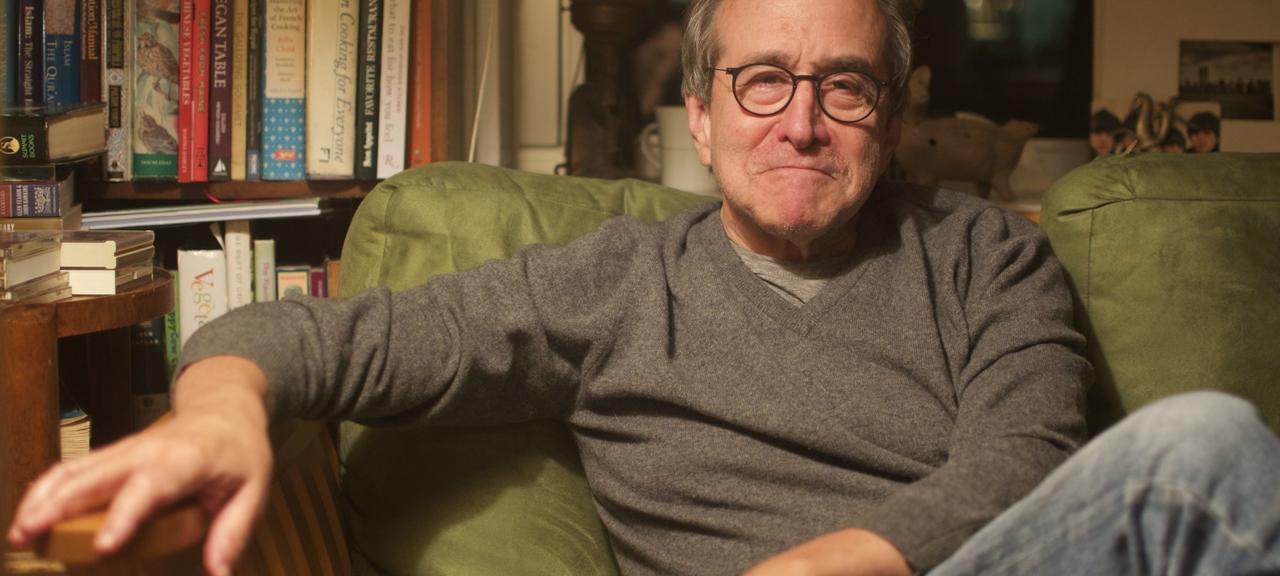

 On Tuesday, the Supreme Court heard
On Tuesday, the Supreme Court heard 
